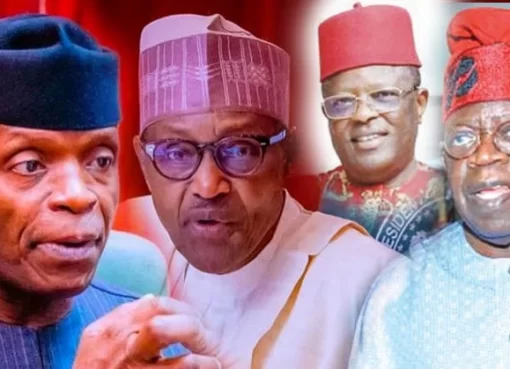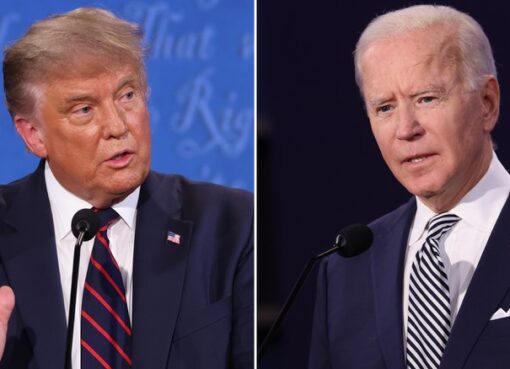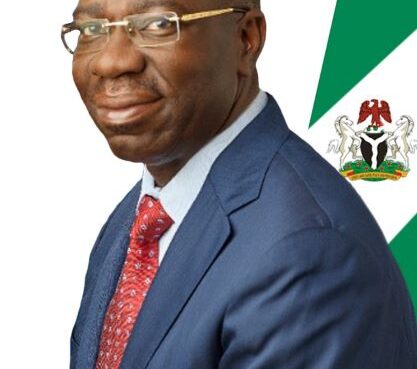As the November 5 election draws closer in the US and to balance the will of the people with the power of states, the US presidential election process is a special fusion of democratic voting and constitutional principles.
The Electoral College and direct public voting are two unique components of the presidential election process, which has its roots in a system set up by the Founding Fathers and ends with the inauguration of the election winner. Despite its complexity, this strategy guarantees representation in every state and upholds a formal transfer of power every four years. From the primaries to the final inauguration, here are ten essential facts about the election of the president of the United States:
The Electoral College System: Unlike direct popular voting, US presidents are elected through the Electoral College. Each state has a set number of electors based on its representation in Congress (House and Senate), totalling 538 electors. A candidate needs a majority of 270 electoral votes to win.
Caucuses and Primary Elections: Each party has caucuses and primary elections to select its presidential candidate. Whereas caucuses are more interactive events, primaries are direct elections. These are held at various periods by the states, usually beginning with New Hampshire and Iowa.
National Conventions: Each party formally nominates its presidential and vice presidential candidates in a national convention following primaries and caucuses. Usually, these conventions are held in the summer before the election in November.
General Election Day: Every four years, on the first Tuesday following the first Monday in November, the United States has its general election. This has been the case since 1845. In actuality, Americans are voting for electors who have vowed allegiance to the presidential candidate they support.
Electors’ Role: Each party selects its electors, who then swear to support their party’s nominee. The official presidential and vice presidential votes are cast by these electors in December in their respective state capitals, and the results are forwarded to Congress for final confirmation.
Popular Vote versus Electoral Vote: Although a victory in the popular vote indicates broad support from voters, it is not the decisive determinant. The majority of the electoral votes must be won by a candidate. This can result in circumstances when the winner of the popular vote does not win the president, as was the case in 2000 and 2016.
‘Winner-Takes-All’ System: The majority of states have a “winner-takes-all” system in which all of the electoral votes in that state go to the candidate who obtains the majority of the state’s popular vote. The only states with a proportional system that permit a division of electoral votes according to congressional district victories are Maine and Nebraska.
The House Makes the Decision in a Tie: The House of Representatives makes the election decision if no candidate receives 270 electoral votes (a tie or tight split). A majority is required to choose the president, and each state delegation in the House has one vote.
Congress Certifies the Results: In early January after the election, a joint session of Congress counts the Electoral College votes. This certification procedure is supervised by the vice president, who serves as Senate president.
Inauguration Day: On January 20th, the newly elected president is sworn in, taking the oath of office and formally starting their four-year term. This day is established by the Constitution’s 20th Amendment.
TRIBUNE








Comment here